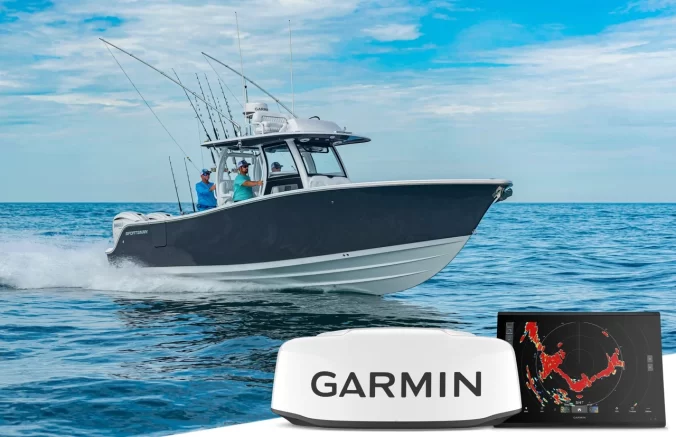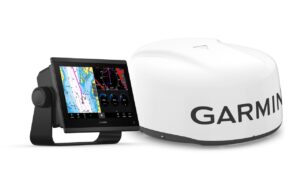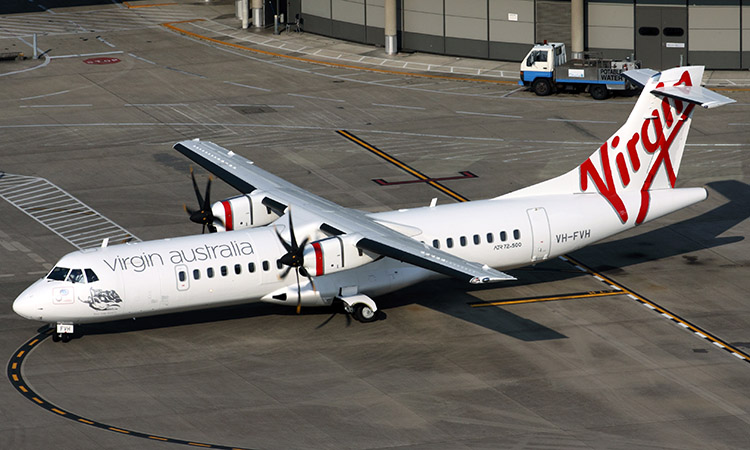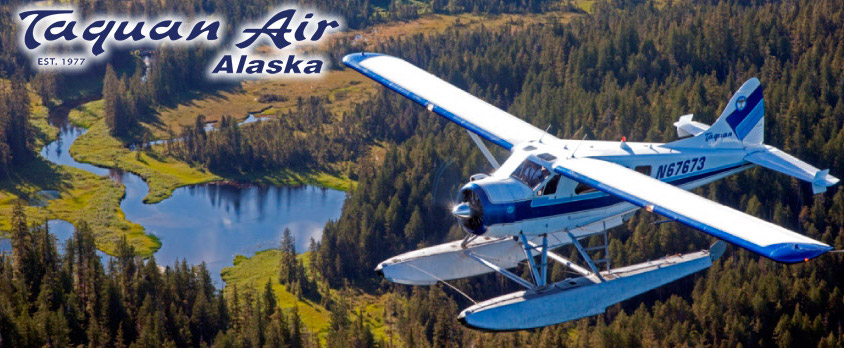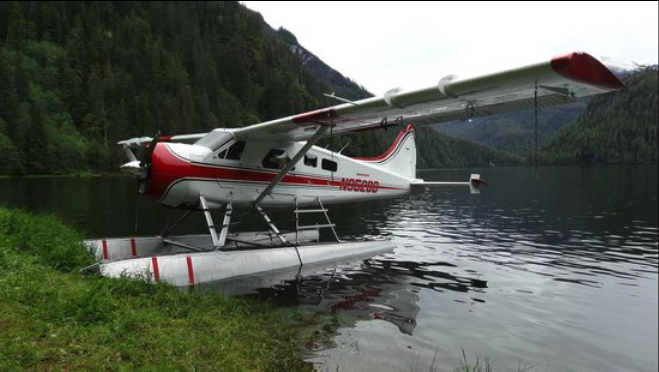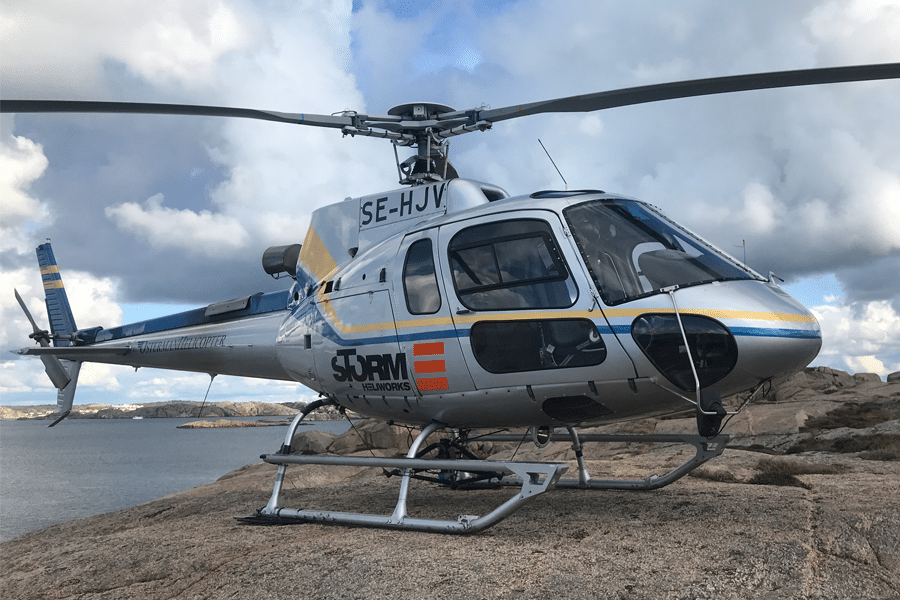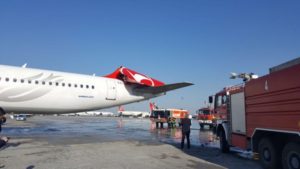Long Beach, California. January 08, 2024 – Rocket Lab USA, Inc. (Nasdaq: RKLB), a global leader in launch services and space systems, today announced it has set the launch window for its first mission of 2024.
The ‘Four of a Kind’ mission is scheduled to launch no earlier than January 18 between 19:15-20:00 NZT (January 18 between 06:15-07:00 UTC) from Rocket Lab Launch Complex 1 in New Zealand. The mission will deploy four Space Situational Awareness (SSA) satellites for Spire Global, Inc’s (Spire) customer NorthStarEarth & Space (NorthStar). NorthStar´s satellites, built and operated by Spire, will be the first to simultaneously monitor all near-Earth orbits from space, delivering a radically enhanced level of SSA services to the global satellite community, with timely and precise information for space object detection, tracking, orbit determination, collision avoidance, navigation, and proximity alerts.
As a secondary mission, Rocket Lab will be attempting to splash down and retrieve Electron’s first stage as part of the Company’s plan to evolve Electron into a reusable rocket. After launch and stage separation, Electron’s first stage will return to Earth under a parachute and splash down in the Pacific Ocean several hundred kilometers down range from Launch Complex 1. Rocket Lab’s recovery vessel will extract the stage from the water for transportation back to Rocket Lab’s production complex where it will undergo detailed analysis. Rocket Lab is not launching any pre-flown engines as part of this mission.
Forward-Looking Statements
This press release may contains forward-looking statements within the meaning of the Private Securities Litigation Reform Act of 1995, including expected delivery dates. Such statements are based on current expectations and projections about our future results, prospects and opportunities and are not guarantees of future performance. Such statements will not be updated unless required by law. Actual results and performance may differ materially from those expressed or forecasted in forward-looking statements due to a number of factors, including those discussed in our filings with the Securities and Exchange Commission.

